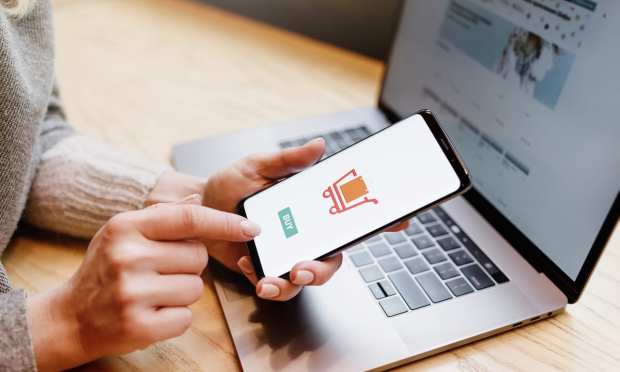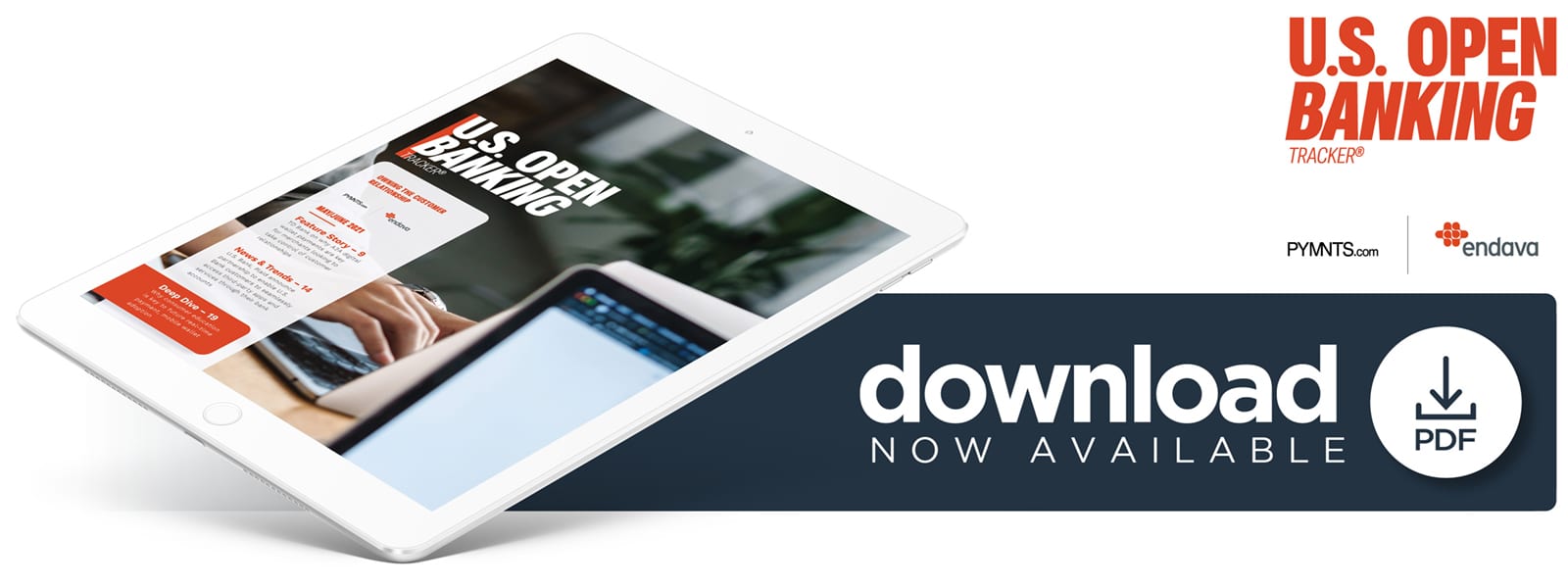Deep Dive: How Offering Real-Time Payments Can Help Merchants Meet Mobile-First Customers’ Needs

The pandemic has led to innumerable changes in how consumers and businesses conduct daily tasks, impacting everything from how they pay their bills to the ways in which they shop or interact with vendors. Many consumers have abandoned traditional payment methods for alternatives that allow transactions to clear faster — a trend that has continued. Check and cash transactions have dipped since the pandemic began, with cash usage decreasing by 38 percent among consumers who were using it regularly before the crisis. Mobile app payments, on the other hand, grew by 33 percent during the same time frame. Individuals were also more likely to make automatic or recurring payments to businesses, with such transactions expanding by 14 percent.
This shift in consumers’ payment preferences was years in the making but has significantly accelerated over the past year, with consumers now turning to eCommerce sites and online banking tools more often to pay their bills. This is creating a greater expectation for faster payments among consumers, who are now seeking payment methods that are even swifter and more transparent than digital credit cards or automatic bill pay options. Many are eager for solutions that allow them to rapidly and securely transact any way they like.
The following Deep Dive analyzes how consumers’ interest in tapping real-time transactions, especially mobile-first solutions for retail payments and bills, has expanded in recent years. It also explores which factors could influence the growth and adoption of such solutions, including how their extended use could eventually enable greater adoption of open banking-enabled payments through consumers’ mobile devices.
Meeting Real-time Payment Expectations With Mobile
Interest in real-time payments’ benefits has risen over the past year, as has the total volume of real-time transactions. Approximately 70.3 billion such transactions were made globally in 2020, marking a 41 percent year-over-year increase. Much of this growth was driven by businesses and government agencies seeking more effective and secure ways to send out stimulus funds or other disbursements, but consumers are becoming more and more interested and invested in real-time payment capabilities. Over three-quarters of American consumers made some form of mobile payment in 2020, including in-app purchases, contactless checkout at brick-and-mortar stores or the use of QR codes or peer-to-peer (P2P) payments.
Consumers’ growing familiarity and comfort with these real-time payment options, especially those that are mobile-first, is also beginning to affect their expectations for merchants. More shoppers indicate that they want access to faster and more convenient payment methods, such as mobile wallets. Consumers’ adoption of mobile wallets rose 46 percent globally in 2020, and 41 percent of Americans have begun using cashless payment types during the health crisis. U.S. consumers also do not plan to cease using these methods, as another study found that 57 percent of those who currently utilize such payment options state that they will continue to do so in the future.
Retailers have clued into this shift and are responding swiftly. Sixty-seven percent indicate that they support contactless payment solutions at the brick-and-mortar point of sale (POS) and in-store mobile payment volumes grew by 29 percent in 2020 as acceptance of such options increased. This not only provides a clear incentive for merchants to offer mobile wallets but also potentially opens a path to support open banking-enabled account-to-account (A2A) payments from consumers’ mobile devices.
Tying Open Banking Payments To Mobile
Open banking payments enable consumers to transact from one account to another with less friction — a capability many are already enjoying in their favorite P2P mobile apps. Many financial experts consider P2P payment methods to be one of the quintessential use cases for real-time A2A payments, and their usage is likely to continue to grow over the next few years as mobile becomes the channel of choice for shoppers worldwide. Nearly 8 million consumers use the Starbucks mobile wallet to pay for their coffee, for example, accounting for nearly one-third of orders in the market.
The use of mobile wallets appears to be well on its way to becoming ubiquitous among consumers — and these wallets could serve as a gateway to enabling the wider adoption of open banking-supported A2A payments from these same devices. Consumers are anticipating quicker payment speeds when shopping online, and some are already utilizing real-time payments without their knowledge, with 47 percent of millennials claiming they are not utilizing real-time payments despite wider numbers of this generation tapping mobile wallets. This makes the potential draw of supporting A2A solutions clear for merchants. Offering A2A payment options to customers on a channel that they are increasingly using for day-to-day transactions appears to be one of the key ways to provide immediate benefits to both consumers and merchants.

